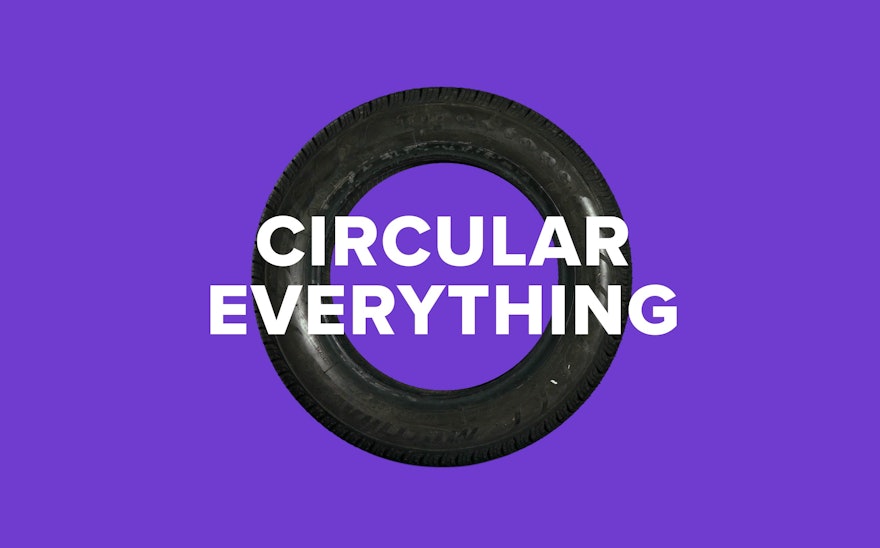League of Legends is one of the most widely played video games and biggest esports in the world. First launched in 2009, the multiplayer online battle arena (MOBA) game has grown into a global phenomenon with over 115 million players. Pentagram refreshed the visual identity of League of Legends with a new logo that captures the spirit of the game and positions the brand for the future.
Pentagram collaborated closely on the project with Riot Games, who timed the refresh to the 10th anniversary of League of Legends. With more people playing the game than ever, Riot sought to elevate the look of the branding and help League of Legends take its rightful place among the world’s biggest entertainment brands and franchises. The company wanted to evolve the aesthetic of the logo and make it more accessible to a wider audience. At the same time, the universe of the game is expanding, and it needed a more flexible identity that could extend into new directions. (Pentagram previously designed the identity for Legends of Runeterra, the digital collectible card game that was the first spinoff of League of Legends.)
The previous League of Legends logo looked like it came directly from the high-fantasy world of the game, with historical serif type set against a stone-patterned emblem. The new design streamlines and modernizes the typography and cleans up the proportions of the logo. It still evokes an ancient world of warriors and magic, but looks more timeless and contemporary. The logo can be used more easily across different applications and contexts, and performs consistently across various platforms and scales.
The wordmark stacks like the previous logotype, but now forms a rectangle, eliminating the need for the emblem-like background. The powerful typography is based on the geometric sans serif typeface Sharp Sans, but has been substantially changed, with the font’s minimalist letterforms bulked up for more impact. Serif-like details in the “L” and “A” harken back to the previous logo.
The three-dimensional rendered version of the logo appears in burnished gold metal that is scarred and battle-worn with nicks and scratches. The letters are incised with bevel cuts that give them depth and dimension. The logo holds its own when paired with game art, and functions just as well in 2D, appearing in different colors or with a metallic sheen, or as a “sponge” for game-related imagery.
The “L” desktop icon that players click on to launch the game was also redesigned to match the new look and function as its own instantly recognizable symbol. The monogram is backed by a frame-like motif that holds a blaze of blue magic.
The designers developed guidelines for using the identity, both alone and with elements like game characters, esports insignia and partner logos, as the branding moves beyond the video game to applications such as books, comics, toys, music videos and an animated series. The new logo serves as an anchor for brand expansions like League of Legends: Wild Rift, a mobile version of the game set to launch in 2021.
